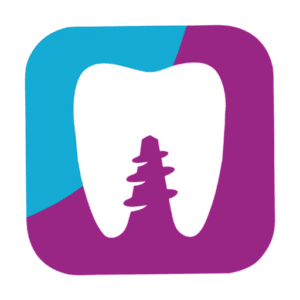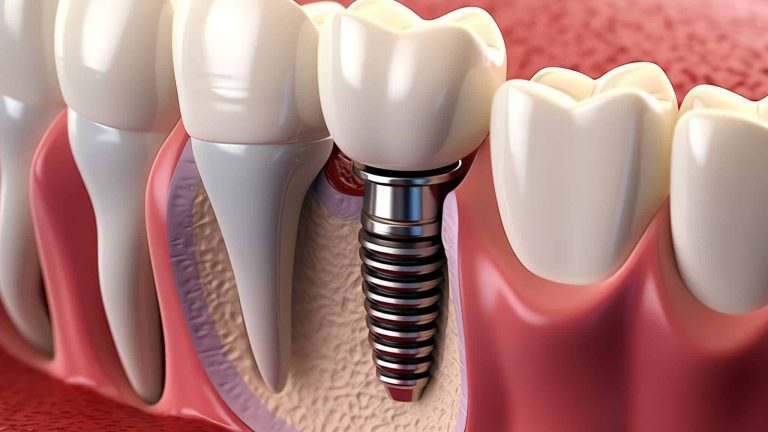Oral health is essential for overall well-being, but we often don’t give it the attention it deserves. Among the most common problems affecting oral health is periodontal disease, a condition that can go unnoticed in its early stages but can have serious consequences if left untreated. In this article, we will explain how to detect the early signs of periodontal disease, what you can do to prevent it at home, and when it is necessary to seek professional help.
What is Periodontal Disease?
Periodontal disease is an infection that affects the structures supporting the teeth, including the gums, bone, and connecting tissues. This disease usually begins with gingivitis, a mild inflammation of the gums, and if untreated, it can progress to periodontitis, a more severe condition that can cause tooth loss.
Main Causes of Periodontal Disease
- Bacterial plaque buildup: The primary cause is the accumulation of plaque, a sticky film of bacteria that constantly forms on teeth.
- Lack of oral hygiene: Not brushing or flossing regularly allows plaque to build up and turn into tartar, which can only be removed by a dentist.
- Genetic factors: Some people are more genetically predisposed to developing this disease.
- Harmful habits: Smoking, excessive sugar consumption, and a poor diet can worsen the problem.
- Underlying health conditions: Diseases such as diabetes, stress, and hormonal changes can also increase the risk.
How to Detect Periodontal Disease at Home
Detecting the early signs of periodontal disease is crucial to avoid major complications. Below are the most common symptoms you can observe:
1. Red, swollen, or sensitive gums
One of the first signs of gingivitis is redness or swelling of the gums. If you notice your gums are more sensitive than usual, it could be a warning sign.
2. Bleeding when brushing or flossing
Occasional bleeding may seem normal, but if it happens frequently, especially when brushing or flossing, it is a sign of inflammation.
3. Persistent bad breath
The buildup of bacteria in the mouth can cause persistent halitosis (bad breath), even after brushing your teeth.
4. Gum recession
If the gums start to pull away from the teeth or appear smaller, it could be a sign of periodontitis.
5. Tooth sensitivity
Exposure of the roots due to gum recession can cause sensitivity to cold, heat, or sweet foods.
6. Tooth mobility
In advanced stages of periodontitis, teeth may start to move or even fall out due to loss of bone support.
7. Presence of pus or abscesses
The presence of pus between the gums and teeth indicates a severe infection that requires immediate attention.
How to Prevent Periodontal Disease at Home
The good news is that periodontal disease is preventable in most cases. Here are some effective steps you can take at home:
1. Maintain a Consistent Oral Hygiene Routine
- Proper brushing: Brush your teeth at least twice a day with a soft-bristled toothbrush and fluoride toothpaste. Make sure to brush all tooth surfaces and along the gum line.
- Flossing: Clean between your teeth daily to remove plaque and food particles that your toothbrush can’t reach.
- Mouthwash: Use an antimicrobial mouthwash to reduce bacteria in your mouth.
2. Perform Regular Self-Checks
Check your gums and teeth regularly in front of a mirror. If you notice any changes in color, texture, or position of your gums, act immediately.
3. Follow a Balanced Diet
- Eat foods rich in vitamin C and calcium to strengthen gums and teeth.
- Avoid excessive sugar consumption, as it feeds the bacteria responsible for dental plaque.
4. Avoid Tobacco
Smoking not only increases the risk of periodontal disease but also makes it harder for inflamed gums to heal.
5. Manage Underlying Health Conditions
If you have diabetes or another medical condition, maintain strict control of your overall health, as it directly affects oral health.
6. Stay Hydrated
Drinking enough water helps keep your mouth hydrated and flushes away food particles and bacteria.
7. Use Additional Tools
- Interdental brushes: Ideal for cleaning between teeth if you have wider spaces.
- Oral irrigators: Useful for cleaning hard-to-reach areas.
When to Seek Professional Help
Although there is much you can do at home, professional prevention and treatment are essential. Visit a dentist if you notice any of these signs:
- Persistent gum bleeding.
- Pain or discomfort when chewing.
- Gum recession or tooth mobility.
- Bad breath that doesn’t go away with brushing.
Available Professional Treatments
- Professional dental cleaning: Removes accumulated plaque and tartar that cannot be removed by brushing.
- Scaling and root planing: Deep cleaning to remove plaque below the gum line.
- Periodontal surgery: In advanced cases, it may be necessary to regenerate lost tissue and bone.
- Local antibiotics: Can be applied to combat severe infections.
Benefits of Preventing Periodontal Disease
- Avoid major complications: Prevent tooth loss and costly dental treatments.
- Improve overall health: Studies have shown a link between periodontal health and conditions such as diabetes and cardiovascular problems.
- Maintain an aesthetic smile: Healthy gums are key to a beautiful and functional smile.
Conclusion
Periodontal disease is a serious problem, but with good oral hygiene habits and attention to early signs, you can prevent it and maintain optimal oral health at home. Remember that regular visits to the dentist are essential for early diagnosis and proper treatment.
At La Guardia Clinics, we are committed to your oral health. If you have questions or need a professional evaluation, do not hesitate to contact us. Your smile deserves the best care!



